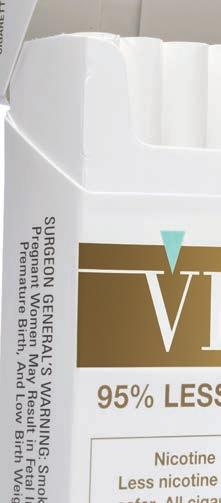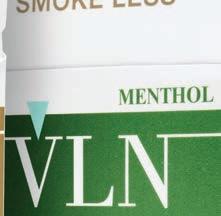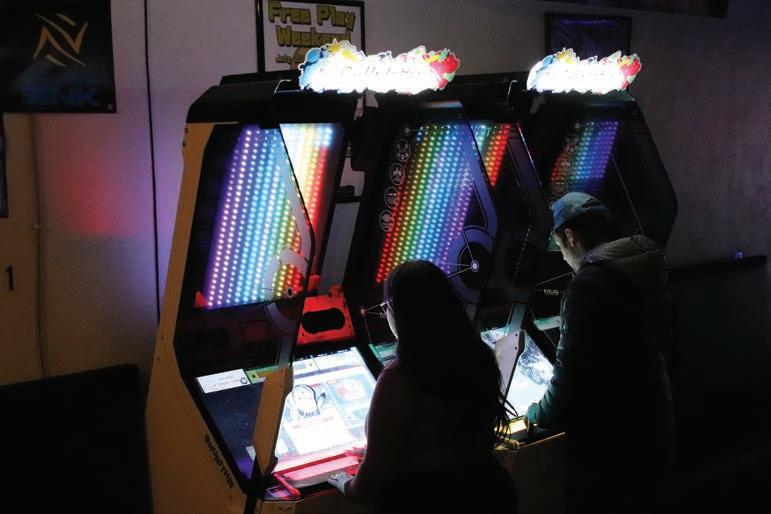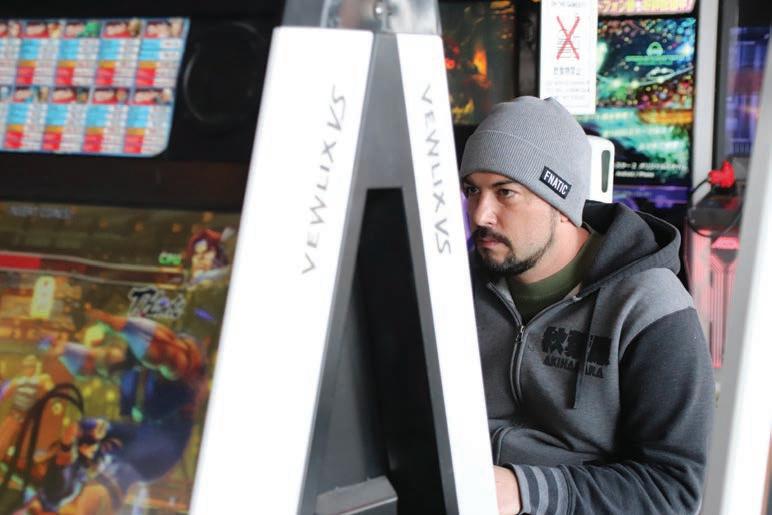
7 minute read
Turn to urban green areas to fix our water woes
We’ve been told we have to build, build, build!
Build so that we will have enough housing for our projected 2050 population…Build so that we can provide a ordable housing.
Build, Build, Build!
And this is all being done at the expense of nite resources, such as land, lumber, and especially water!
So, apparently, the latest “Solution” is to use cement and asphalt, instead of irrigated lawn and trees to enable even more building and growth!
In the rst place, growth is not always good. For instance, cancer is a growth, but that does not make it good.
We must plan for “sustainable growth” with sustainable technologies, rather than any and all growth and building. One of the most sustainable things we can do is to re-use existing buildings and infrastructure. Many older buildings are constructed of brick or masonry and already have infrastructure such as water pipes, electricity, gas pipes, roads, etc. in place, rather than having to extend all new utilities to buildings proposed of lumber construction.
By the way, lumber-constructed structures are at a far greater risk of re spread and damage than structures made of brick and masonry.
But back to water: Before the midterm elections, Jared Polis and Heidi
Tandard Blade S
Contact us: 143 S. Second Pl., Brighton, CO 80401 - 303-566-4100
Mailing Address: 750 W. Hampden Ave., Suite 225 Englewood, CO 80110 Phone: 303-566-4100
Web: TheBrightonBlade.com
To subscribe call 303-566-4100
GUEST COLUMN
Karen Kalavity
Ganahl were determined to let us know that Colorado has high priority water rights compared to other states and that storage of this water is the solution.
What?
Lake Powell is a water storage project that is running so low that the dam will not be able to function unless we drain water from other sources just to ll it up to bare minimum capacity. So creating a bunch of mini Lake Powells is supposed to be the answer to our water situation? Really?
Water Storage is n ot the solution. In fact, it is really a major part of the problem!
When we pipe water from one slope to the next and let once owing rivers run dry, just to ll “Water Storage Facilities” (dams, etc.) all we are doing is dehydrating our natural landscapes and opening them up to greater re danger along the way. We also cut o drinking sources for plants and wildlife.
I do support one form of water storage; beavers are great at constructing natural dams to create ecosystems that protect forests and other plants from re damage while also creating ponds for sh and other animals who depend on a steady-year-round water supply. e human solution to this dilemma, unfortunately, is to build tall dams
LINDA SHAPLEY Publisher lshapley@coloradocommunitymedia.com
MICHAEL DE YOANNA Editor-in-Chief michael@coloradocommunitymedia.com
SCOTT TAYLOR Metro North Editor staylor@coloradocommunitymedia.com
BELEN WARD Community Editor bward@coloradocommunitymedia.com out of concrete (6% of the planet’s greenhouse gas emissions come from cement production) and dole out the water for human consumption only. We are supposed to relegate our surroundings to xeric (drought-resistant planting) areas, after all, this is the semi-arid southwest and it is not natural to have trees and lawns in the semi-arid southwest, right?
Well, guess what else isn’t natural in the semi-arid Southwest? You guessed it, millions of people living in houses made of imported lumber, driving around in carbon-emitting automobiles on petroleum-based asphalt streets, from stores to schools to work, etc. is is all not natural. Yet, these unnatural scenarios are considered necessary, while the green and cooling spaces - not to mention carbon sequestering spaces -within our new urban landscapes are the things that have to go?
Urban uses for water account for approximately 10-20% in Colorado, with landscaping needs accounting for only about 2% to 4%. e bigger percentage of water use is for agriculture. Raising cattle is a huge source of water depletion, especially when we appropriate large amounts of water to irrigate pasture land- often at the expense and needs of our native animals and environment. In fact, I could take a shower each day for ve months and still not use all the water that it takes to
STEVE SMITH Sports Editor ssmith@coloradocommunitymedia.com
LINDSAY NICOLETTI Operations/ Circulation Manager lnicoletti@coloradocommunitymedia.com
TERESA ALEXIS Marketing Consultant Classified Sales talexis@coloradocommunitymedia.com
AUDREY BROOKS Business Manager abrooks@coloradocommunitymedia.com
“raise” one pound of beef. at’s 1,850 gallons of water!
Personally, I would rather experience the cooling and carbon-sequestering e ects of a limited lawn area and many trees, right here in the city, rather than irrigating remote pastures for cattle or washing down meat-processing plants, further polluting even more of our open waters.
I can enjoy birds, squirrels and urban wildlife in the park or in my yard while eating a protein-packed veggie burger with a low water and carbon footprint rather than staying inside to turn on the air conditioning and eating a beef hamburger! By the way, most air conditioning is fueled by electricity that is generated from fossil fuels. Fracking to extract natural gas, etc requires large amounts of water. So, we are really not “saving water” by getting rid of lawn and shade trees that can shade and cool our environment by up to 20 degrees and exchanging them for the need of even more air conditioning in our homes, anyway!
Karen Kalavity, of Westminster, graduated from the College of Agriculture at CSU with a bachelor’s degree in Landscape Horticulture in 1980. Professionally, she has designed/prepared site plans and landscape plans for many large-scale commercial and residential developments within Colorado and other regions.
Columnists & Guest Commentaries
Columnist opinions are not necessarily those of the Blade. We welcome letters to the editor. Please include your full name, address and the best number to reach you by telephone.
Email letters to staylor@coloradocommunitymedia.com
Deadline Wed. for the following week’s paper. To opt in or out of delivery please email us at circulation@ coloradocommunitymedia.com







BY MCKENNA HARFORD MHARFORD@COLORADOCOMMUNITYMEDIA.COM
Af ter more than 20 years of collecting pinball machines, Dan Nikolich’s basement had run out of space to store them all. So Nikolich opened the Colorado Pinball Pub in Littleton to share his collection.
“Pinball is a unique thing because it doesn’t matter what your background or walk of life is, pinball will draw you in,” he said. “It’s a great equalizer because it only takes one ball.”
While the concept of offering drinks and games at one location is nothing new, the Denver area is host to a number of unique takes on the Dave and Buster’s business model.
Colorado Pinball Pub is one of the newer additions to the barcade scene, having opened in 2020. The pub offers 22 pinball machines, plus a few classic arcade games like PacMan and Centipede, for unlimited play for $15 per hour.
Nikolich’s love for games started young, when he was growing up in Las Vegas and working for the MGM Arcade, so he was happy to see the recent rise in pinball’s popularity.

“Pinball is having a great resurgence right now. The last few years it’s been really hot,” he said. “We have parents who will bring their kids who have never played pinball and, at night, we get a lot of adults and date nights, stuff like that. All people seem to like pinball.”
Like the pub’s patrons, the pinball machines available range in age and theme, with Nikolich’s oldest machine being from 1981. The walls of the pub also pay homage to the history of the game, including its prohibition from 1940s to the 1970s, with pictures and news clippings.
In addition to pinball, the pub features over 150 kinds of whiskey, craft cocktails and Colorado brewed beer.
Nikolich said the goal is to have something for everyone and to make it approachable, whether that’s pinball or whiskey.
“We want you to come and learn about it and not be intimidated to ask if you don’t know something, we want to teach you, so that you can enjoy something new,” he said.
On the opposite side of the metro area, another one-of-a-kind barcade is Akihabara, which, while located in Westminster, transports visitors to the Tokyo gaming district that gives the business its name.


Owner Brandon Osha said he was blown away when he had the chance to visit Akihabara and take in its blocks of multi-story arcades.
“The first time I went to Akihabara I knew I wanted to bring that here because it’s amazing,” Osha said.
He did just that by opening Akihabara in 2016.
Similar to Nikolich, Osha grew up with a love of gaming and worked at a local arcade and GameStop. Instead of pinball though, Osha’s games of choice came in arcade cabinets, which he began collecting at age 16.

Currently, Akihabara offers 52 arcade cabinets with around 65 games, but Osha has plans to expand his location with 25 new games and additional space, which he said will be complete this summer.
Osha said the game selection, which includes fighting games, rhythm games and nostalgic classics, definitely sets Akihabara apart.
“You never see this many (arcade cabinets) in one place,” he said. “We have such a different variety of games that you won’t find anywhere else in Colorado.”




One of the stranger and more rare games Akihabara offers is a Japanese table flipping game called Cho Chabudai, but more well-known games include Third Strike, Monkeyball, Typing of the Dead and Pretty Soldier Sailor Moon. All of the games are $1 or less to play.
Osha said a lot of people come in seeking a specific game that’s hard to find anywhere else, but he encourages visitors to try whatever piques their interest, even if they can’t necessarily read the Japanese instructions.


“I think it’s a lot of games that people have never seen, but they might find something that they like,” he said. “Plus, it’s usually only three buttons and a joystick, so they’re not too hard to learn.”
Akihabara’s focus on Japanese culture carries over into the bar offerings, which include Japanese beers and cocktails made with Japanese liquor, as well as a variety of packaged snacks and ramen options.
Overall, Osha said he tries to provide a space that’s both niche and for everyone, describing the Akihabara crowd as a welcoming hodgepodge.
“If you’re looking to find a friend, you’ll find one around here somewhere,” he said.









